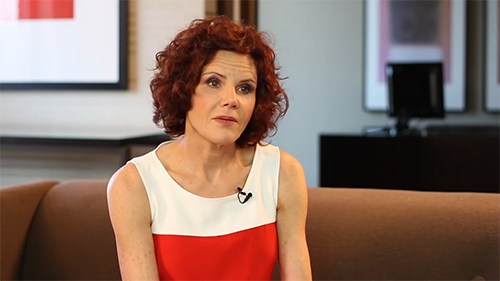
Gel, saline, round, textured. With so many types of implants available, how do we sort through the selections and make a sound decision? That’s where board certified plastic surgeons enter into the picture. Christine Hamori, MD practices in Boston, and combines her years of successful breast augmentation, with her artistic eye. Many of her patients are athletic and like a natural appearance!
by Christine Hamori, MD
The Plastic Surgery Channel
 Gel v. Saline, the Great Debate
Gel v. Saline, the Great Debate
Dr. Hamori was a practicing surgeon when the FDA pulled gel implants off the market. She’s done her due diligence in the quest for what is safe and what works for her patients at Christine Hamori Cosmetic Surgery + Skin Spa.
“Years ago, the gel implants were really fluid, almost like a water balloon. Now they are condensed, firm and maintain their shape better. They’re also more durable.” Her preference is to generally use gel implants.
“When we initially see patients, they may be a bit frightened by the prospect of a gel implant. So I take the time to explain the differences between saline and gel so they can be more comfortable with the choices. With younger women we often find that saline provides the pop that works for those in the 20’s.”
Gel can provide more width or height to create the best breast symmetry.
If you have a lot of tissue coverage, saline may be just fine. However, if you are very thin and want to appear natural a silicone implant may work better, says Hamori.
Doing the Math
Sizers used intraoperatively help to determine the volume symmetry. If there is a choice between different implants, sizers can help make the decision. There’s more to it than science, a skilled surgeon knows the breast changes during the healing process so sizers along with experience can help them get a clear view of the final result.
“I use a sizer and a temporary implant while the patient is under general anesthesia. That way I can sit them up and really gauge how the implant will look after surgery.”
Recovery and Scarring
Recovery time is about one to two weeks off from work and the gym. To reduce any visible scars and to achieve the most natural looking results, Hamori makes small incisions placed either beneath the breast in the natural skin fold or along the edge of the areola.
Selecting a Surgeon
Hamori is a member of ASAPS, The American Society for Aesthetic Plastic Surgery. Membership is an exclusive privilege for surgeons. When selecting a surgeon look for the ASAPS logo.
To receive an election to ASAPS membership, a plastic surgeon must be certified by the American Board of Plastic Surgery, or certified in plastic surgery by the Royal College of Physicians and Surgeons of Canada. Other criteria includes documenting the performance of a significant number and variety of cosmetic surgical cases and be sponsored by two ASAPS-members. This is done to ensure that the applicant’s professional reputation meets the high standards required by The Aesthetic Society.


 Gel v. Saline, the Great Debate
Gel v. Saline, the Great Debate













Facebook
Twitter
Instagram
YouTube
RSS